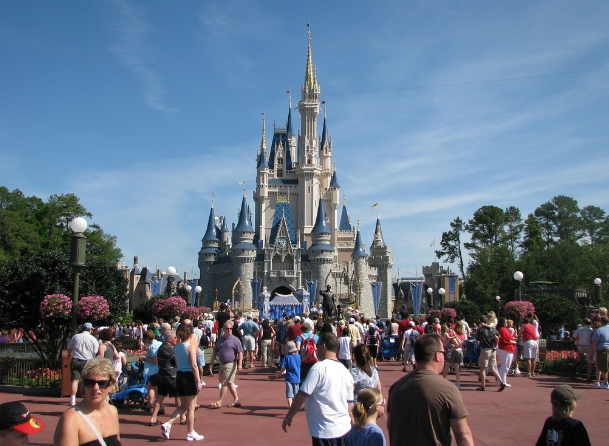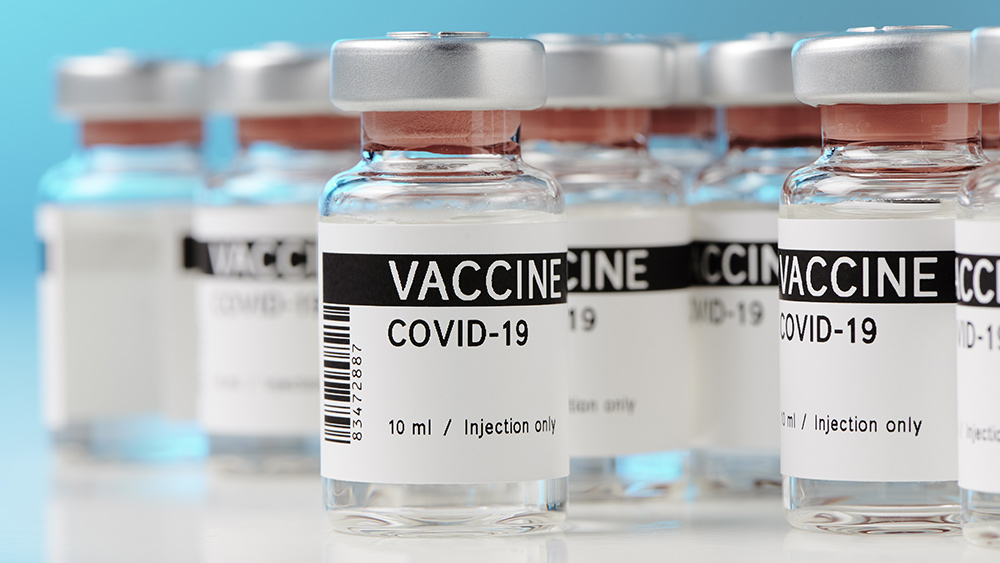
Travel and other experiences struggled during the pandemic
Even Disney, a mass media and entertainment conglomerate, isn't immune to the significant economic impact of the pandemic. The cutback of thousands of workers in its failing U.S. resort business marks “one of the deepest workforce reductions of the Covid-19 era.”
Disney reported that the layoffs will affect the company’s theme-park, cruise-line and retail businesses. While the cutback includes both executives and salaried employees, 67 percent of workers being terminated are part-time workers.
Disney will be offering benefits to laid-off employees, along with 90 days of job-placement services.
The move shocked investors, who sent the shares down almost two percent in late trading. Disney's stock was already down 13 percent in 2020. The company-wide cutback clearly shows how industries like travel and other experiences will struggle to recover from the coronavirus pandemic.
Aside from Disney, airlines and other travel-reliant businesses will be letting thousands of workers go.
On Oct. 1, Thursday, American Airlines Group Inc. advised employees that it would lay off at least 19,000 workers as many were still wary of traveling during the pandemic. The airline will be laying off thousands of flight attendants, pilots, technicians, gate agents and other staff.
With buyouts, retirements and leaves of absence, American Airlines said it would have about 40,000 fewer employees on Oct. 1 than it did before the pandemic, a shocking 30 percent decline in its workforce.
Earlier this summer, United Airlines also announced that it could furlough at least 36,000 employees in the fall.
Additionally, Delta Air Lines said that it might have to furlough as many as 1,941 pilots this October, even after nearly as many had accepted buyouts.
Other airline workers were able to mitigate or avoid cuts by compromising. For example, the pilots’ union for Spirit Airlines shared that at least 50 percent of its members agreed to work fewer hours to prevent 600 cuts.
However, the Air Line Pilots Association reported that over 11,000 airline pilots had received furlough warnings nationally.
California shutdowns affected operations in certain Disney theme parks
Disney’s cutbacks highlighted the company's struggles in California as the state has been slower than other areas to lift restrictions on theme parks.
Before the COVID-19 pandemic, Disney’s domestic parks employed more than 100,000, excluding the cruise line and other divisions. The company's workforce totaled 223,000 at the end of the last fiscal year, which ended in September 2019. (Related: The economic depression of 2020 is becoming an endless nightmare for millions of Americans.)
Disney’s announcement indicates more challenges in the labor market’s recovery.
In a memo to workers, Josh D’Amaro, chairman of Disney's parks division, announced that while the move is “heartbreaking,” it is necessary as it is the only remaining option due to the pandemic's “prolonged impact” on business operations.
Because of the pandemic, the company had to close Disney parks around the world. And while resorts in other areas have reopened, such as in Florida last July, Disney still hasn’t received clearance to resume operations at its two theme parks in Anaheim, California.
D’Amaro explained that while the Burbank, California-based company tried to hold out as long as it could before making the cuts permanent, the move was inevitable when some attractions remained closed after seven months during the pandemic.
Social-distancing requirements forced parks to operate at lower capacity
While some Disney parks have reopened, like the four theme parks in Florida, they're still operating at a much lower capacity to follow social-distancing requirements. The company noted that the number of visitors, especially those who arrive via air travel, were “disappointing.”
The company has also relied more on technology because of the coronavirus pandemic to ensure that guests could explore the parks with fewer human interactions. Now, the parks have online restaurant menus and mobile-pay systems.
These new strategies also require fewer employees. D’Amaro explained that despite cutting expenses, postponing capital projects, and furloughing cast members while still paying benefits, the company modified operations to run “as efficiently as possible.”
“However, we simply cannot responsibly stay fully staffed while operating at such limited capacity,” he added. The issue was also made worse in California by the state’s refusal to lift restrictions, concluded D’Amaro.
On Sept. 28, Monday, 19 California legislators wrote to Governor Gavin Newsom to reopen the state’s theme park industry.
The legislators acknowledged that Newsom's administration “has been rightfully reliant on data and science.” However, they also noted that “the data and science do not point to theme parks as sources of transmission” of coronavirus.
Sources include:
Please contact us for more information.























